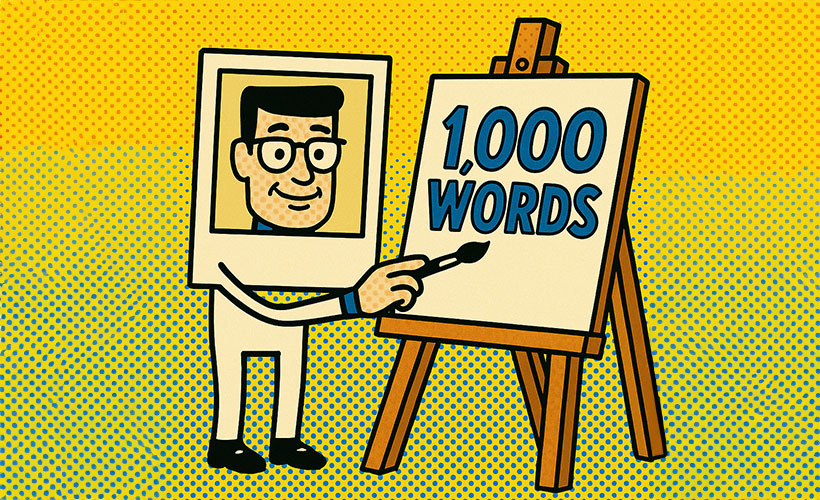The Art of Alt Text

You’ve heard the saying, “A picture’s worth a thousand words,” right? Well, not if your Wi-Fi flakes out or you’re using a screen reader. Then it’s worth exactly zero—unless you’ve added alt text, that magical little sentence behind the scenes that makes your image make sense.
Alt text isn’t just about checking the “accessibility” box—it’s about storytelling. It’s what helps everyone, regardless of how they browse, understand what’s going on in your image. Think of it as your picture’s secret narrator.
Here’s how to write it like a pro (and not like a robot):
- Say what’s there if it’s important. Got text in the image? Add it. Don’t leave your audience guessing.
- Keep it short and sweet. One or two sentences should do it—this isn’t the next Great American Novel.
- Skip the “image of…” Screen readers already announce that part, so save yourself the redundancy.
- Focus on what matters. Describe what gives the image meaning or context—don’t waste time detailing every blade of grass.
Done right, alt text turns your visuals into a more inclusive story—so everyone gets the full picture, even when the picture’s not there. Examples:
Helpful Alt Text

Alt text: Students outdoors by a river with two students pouring a blue bucket of water into a clear cylinder held out by a third student.
Unhelpful Alt Text

Alt text: Picture of students pouring water from a bucket.
Alt Text: Three students outdoors with a card driving over a bridge in the background with a male student in a yellow shirt and no shoes working with another male student in a gray shirt pouring water out of a blue bucket into a long clear cylinder held by a female student in a pink hoodie.
If you have questions or want to discuss alt text, you can reach out to us for more information.